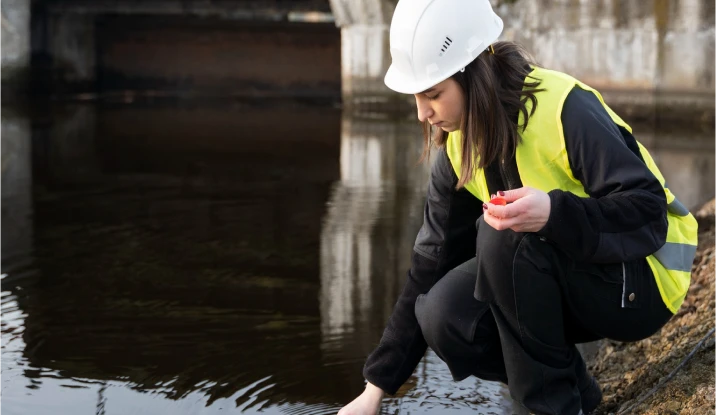Water damage is a homeowner’s worst nightmare, often striking when least expected. The immediate concern is stopping the damage and preventing further loss, whether from a burst pipe, a heavy storm, or flooding. This is where water mitigation and restoration come into play. While these terms are often used interchangeably, they involve distinct processes, each crucial to fully recovering your home from water-related disasters.
Understanding the difference between water mitigation and restoration is key to effectively protecting your property. Mitigation focuses on stopping immediate damage and preventing further harm, while restoration brings your home back to its pre-damage condition. This guide will explore the key differences between these vital services to prepare you for disaster better.
What is Water Mitigation?
Water mitigation prevents further damage after an incident such as a flood, burst pipe, or storm. The goal is to quickly address the situation and limit the extent of the damage by removing excess water, drying affected areas, and taking steps to prevent mold growth or structural damage. Mitigation is the first step in the water damage recovery process and is crucial to minimising long-term repair costs.
For example, imagine a homeowner discovering a burst pipe in their basement. A professional water mitigation company would immediately respond by shutting off the water source, removing standing water, and setting up industrial-grade dehumidifiers to dry the space. Without this swift action, the water could lead to mold, compromised structural integrity, and expensive repairs.
Trusting experts ensure your home is protected and on its way to recovery as soon as possible.
What is Water Restoration?
Water restoration is returning your property to its pre-damage condition after water damage. While water mitigation focuses on stopping the damage and preventing further harm, restoration takes over after mitigation to handle the cleanup, repairs and reconstruction needed to bring your home or work property back to normal. This phase can involve repairing drywall and flooring, replacing damaged furniture, and ensuring no hidden moisture remains.
Restoration can involve cleaning, sanitising, repairing and remodelling affected areas. Water restoration ensures your home is fully recovered and safe after a water disaster. Let PureOne handle the process, giving you peace of mind that your property will be restored efficiently and effectively.
Major Differences Between Water Mitigation vs. Restoration
While both water mitigation and restoration are essential in addressing water damage, they serve different purposes in the recovery process. Understanding the key differences between these two services can help you make informed decisions when dealing with water disasters.
Below are five major distinctions that set these two terms apart from each other:
Purpose
- Water mitigation is focused on preventing further damage immediately after an accident. It aims to control the situation, remove water and stabilise the property.
- Restoration, on the other hand, is concerned with repairing and rebuilding, working to bring your home or business back to its original state after the damage has been contained.
Timing
- Mitigation happens first, usually within hours of the damage occurring. The priority is to act quickly to minimize harm.
- Restoration follows mitigation and can take longer, depending on the extent of the repairs needed, such as replacing drywall flooring or reconstructing entire sections of the building.
Scope of Work
- Mitigation is limited to stopping the immediate damage- removing water, drying out spaces, and preventing mold growth.
- Restoration involves a more comprehensive scope, including cleaning, sanitising, repairing and remodeling damaged areas.
Specialised Equipment
- During mitigation, professionals use equipment like pumps, vacuums, and dehumidifiers to remove water and moisture quickly.
- In the restoration phase, additional tools like moisture meters, thermal cameras, and construction equipment are used to detect hidden damage, perform repairs, and rebuild affected areas.
Cost and Duration
- Water mitigation is typically less expensive and quicker than restoration because it’s about damage control.
- Restoration, being more involved, can take longer and be more costly, especially if major structural repairs or replacements are needed.
Understanding these differences ensures you can make the right choices to protect and restore your property fully after water damage.
Find the Best Water Mitigation and Restoration Services at PureOne
Acting quickly and knowing the difference between water mitigation and restoration can save you time, money, and stress when water damage strikes. Both are crucial steps in recovering from water-related disasters and should be handled by professionals to ensure the job is done thoroughly and efficiently.
At PureOne, we specialise in water mitigation and restoration services, offering you a comprehensive solution from start to finish. Don’t wait for water damage to get worse – contact PureOne today for professional and trusted services you can count on. We are here to help you get your life back on track with smart solutions.
Let our professionals handle your water restoration needs with modern techniques



